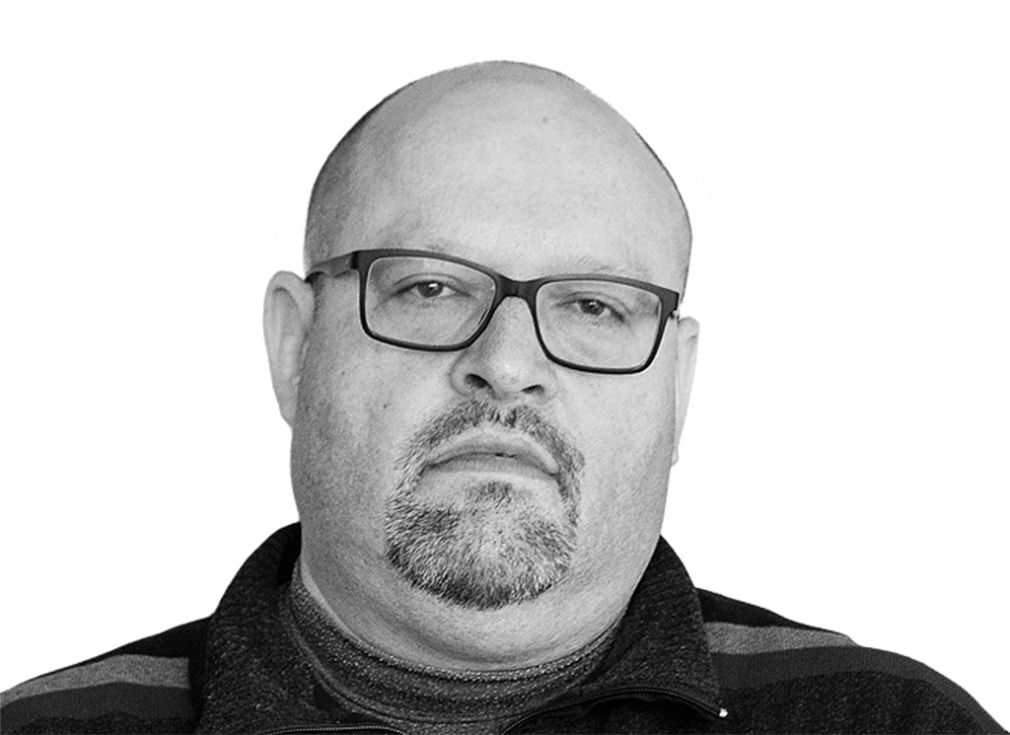By: Dr. Matevž Tomšič
Some say we live in an age of the so-called post-truth when what is true and what is not becomes more and more arbitrary. This is most clearly reflected in the field of politics. Facts, that is, something of which existence can be proven and empirically verified, are becoming less and less important than a means of convincing voters. Reference to people’s feelings and personal beliefs comes to the fore, no matter how much they relate to reality.
The events most often mentioned in public discourse as examples of post-truth are the events during the US presidential election in 2016 and the referendum on the United Kingdom’s leave in the European Union, which happened the same year. The winner of this election, later US President Donald Trump, and proponents of the so-called Brexit were supposed to build their campaign on constructs, fabrications, and manipulations that did not address reason, but the emotions of the people, especially their plight and frustration.
Such an approach is often associated with the increasing use of the so-called new media. The growing dispersion of information sources and the lack of control on social networks are expected to help spread misinformation and so-called fake news. It is precisely these media that are supposed to be the main tool of politicians of the problematic variety – we usually label them populists or something like that – who spread their messages through them, distorting reality and thus manipulating voters.
However, social networks alone cannot be blamed for the spread of post-truth. Even traditional or so-called established media increasingly prefer political-ideological activism to truthfulness. This is true even of the media in countries with a long tradition of democracy, freedom, and pluralism. Such practices are even more common where this kind of tradition is very weak, where the media have long been just a propaganda tool in the hands of the state or ruling parties designed to maintain an undemocratic regime. For example, people in communist countries have been constantly exposed to the false reality portrayed by official propaganda. There, all media coverage had to be “aligned” with the ruling ideology and interests of the party’s nomenclature, with facts of secondary importance.
Thirty years after the formal transition to democracy in Slovenia, we still have major problems with the establishment of an open and pluralistic media space. Still, most of the dominant media support only one political option; one that draws its power from the structures of the former communist regime. And this is being done more and more openly even by those who should be impartial in their marital mission. This was especially evident in this year’s campaign for the National Assembly elections, when left-wing favourite Robert Golob enjoyed strong protection, as most media did not report or tried to minimise the news about his controversial actions and statements (excessively high revenues, non-transparent remittances to some journalists, announcement of the abolition of certain media).
This campaign was a typical example of post-truth. The concrete facts did not count much. Empirically measurable data on good results and progress in the economic and other fields in the last two years, during the term of the third Janša government, did not count much. More attention has been paid to platitudes and accusations spread by the left-wing opposition and related non-governmental organisations about Slovenia’s “slipping into dictatorship” under Janša, even though this is a simple fabrication that should seem absurd at first glance. Such manipulations without the powerful media “speakers” that overpowered everything else would, of course, not have achieved the desired effect.
Dr Matevž Tomšič is a sociologist, university professor at the Faculty of Applied Social Studies in Nova Gorica, and president of the Association of Journalists and Publicists.

